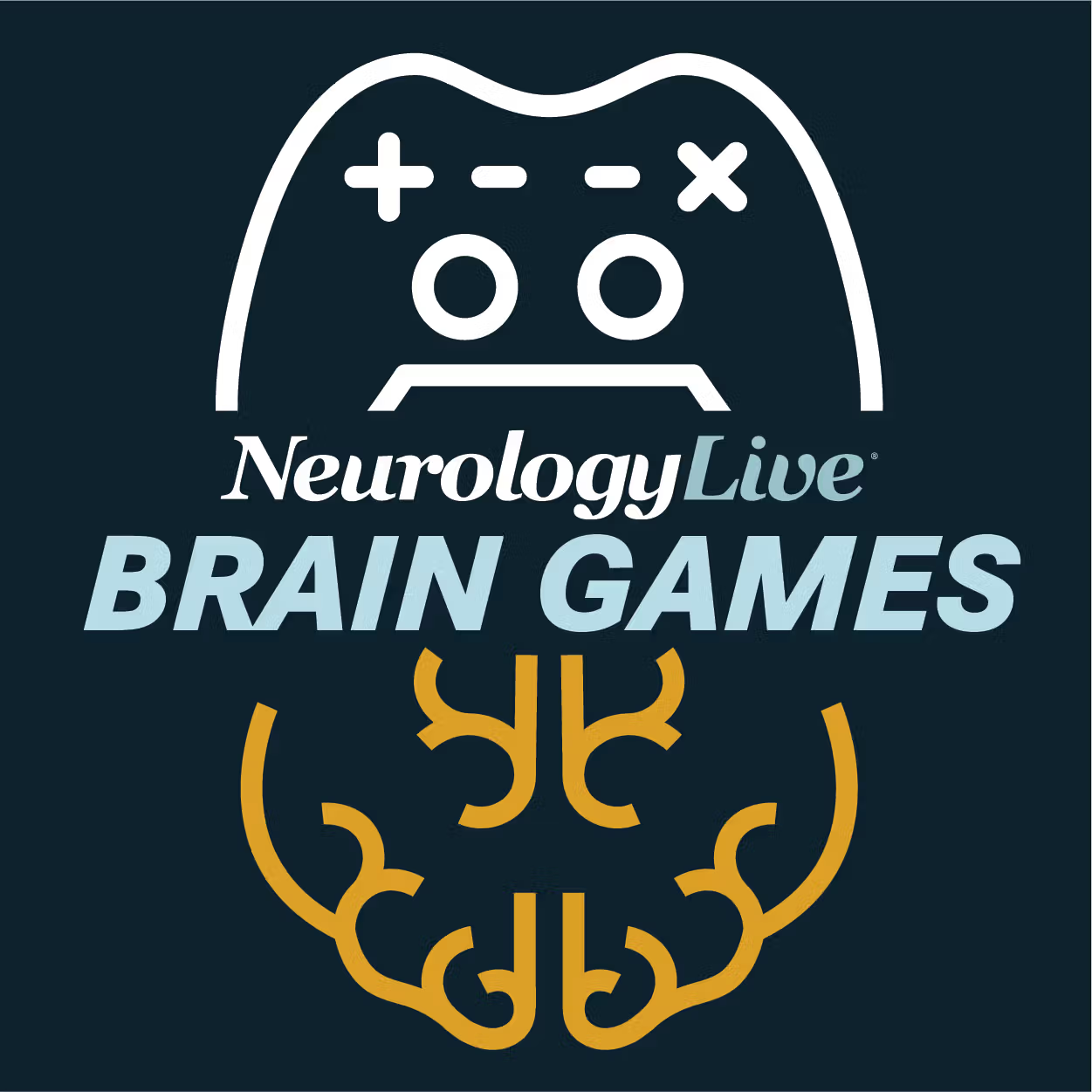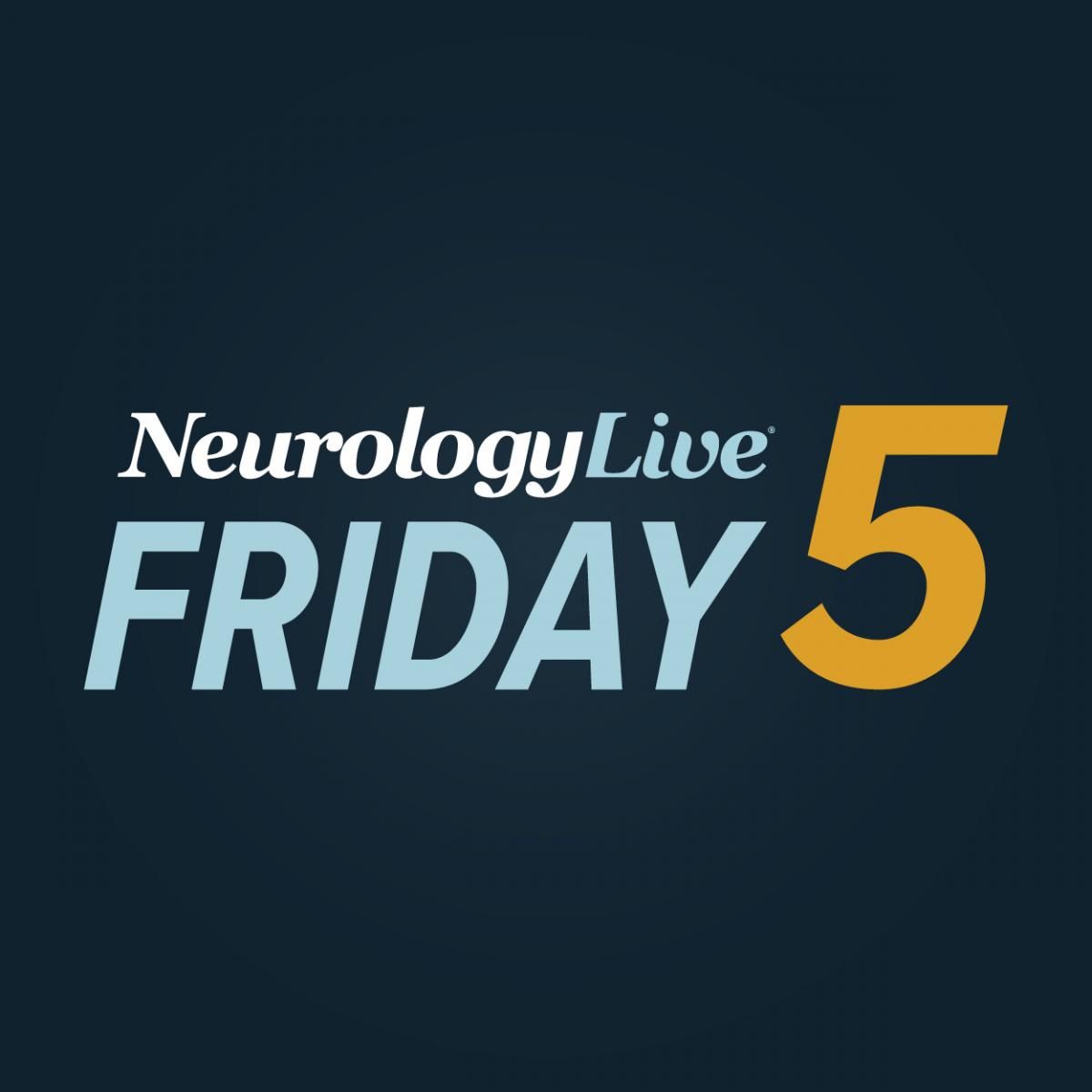News
Article
Argatroban Plus Dual Antiplatelet Treatment Proves Effective in Branch Atherosclerosis Disease
Author(s):
Key Takeaways
- Argatroban plus DAPT significantly reduced END incidence and improved 90-day functional outcomes in BAD patients compared to DAPT alone.
- The study involved 111 patients across four centers in China, with primary endpoints being END incidence and mRS scores at 90 days.
Among patients with BAD, 20.4% on argatroban plus DAPT experienced early neurological deterioration vs 47.1% on DAPT alone, and 87.8% vs 68.6% achieved excellent 90-day outcomes.
Patients with branch atherosclerosis disease (BAD) are often prone to early neurological deterioration (END). In a recently published randomized controlled trial, treatment with argatroban plus dual antiplatelet therapy (DAPT) resulted in reduced END occurrence and improved 90-day functional outcomes, suggesting the combination of these therapies may be an effective strategy for individuals with BAD.1
The Chinese-based study, conducted across 4 centers from 2021 to 2023, comprised 111 patients with BAD who arrived within 48 hours after symptom onset. Following their presentation, patients were randomly assigned to either argatroban, an anticoagulant, plus DAPT (n = 49) or DAPT alone (n = 51), with 11 participants excluded for specific reasons. For those in the DAPT alone group, participants received DAPT comprising aspirin and clopidogrel, with an initial loading dose of 300 mg.
Led by Jian Wang, MD, Department of Neurology, Chengdu Second People’s Hospital, China, the study used incidence of END within 7 days and excellent functional outcome at 90 days as the primary end point. END incidence was defined as an increase of at least 2 points in National Institutes of Health Stroke Scale (NIHSS) score, while excellent functional outcome was defined as modified Rankin scale (mRS) scores of 0-1.
When comparing the 2 treatment groups, 20.4% (n = 10) of patients on argatroban plus DAPT experienced END within 7 days whereas 47.1% (n = 24) of those on DAPT alone experienced END within the same period (unadjusted rate difference [RD], 26.7% [95% CI, 14.1-39.2]; rate ratio [RR], 2.31 [95% CI, 1.49-3.58]; P = .006).
In terms of the other primary end points, 87.8% (n = 43) of patients in the combination group achieved mRS scores of 0 to 1 at 90 days, compared with 68.6% (n = 35) of those in the DAPT group alone (unadjusted RD, –19.1 percentage points [95% CI, –30.3 to –8.0]; RR, 0.78 [95% CI, 0.67-0.91]; P = .025). Notably, primary end point data remained statistically significant even after adjusting for predefined covariates (END: adjusted RD, 24.4% [95% CI, 11.7–37.0]; RR, 2.14 [95% CI, 1.39–3.30]; P = 0.014; mRS score 0–1: adjusted RD, −17.3% [95% CI, −28.5 to −6.2]; RR, 0.80 [95% CI, 0.69–0.93]; P = 0.037).
Both treatment groups had similar safety outcomes, with no cases of moderate-to-severe bleeding events or deaths occurring. Minor bleeding occurred in 2.0% of patients in both the argatroban plus DAPT group (1/49) and the DAPT group (1/51), marked by hemoglobin drops of 2 g/L and 4 g/L, respectively. Notably, the difference in safety events between the 2 groups did not reach statistical significance, regardless of whether variables were adjusted.
READ MORE: Revolutionizing Neurology Care: Previewing Cleveland Clinic’s New Neurological Institute
On secondary outcomes, achievement of neurological improvement, defined as a decrease of at least 2 points in NIHSS score from baseline, was significantly better in the argatroban plus DAPT group, with 22.4% of patients achieving this feat vs 3.9% of those on DAPT alone (unadjusted RD, −18.5% [95% CI, −27.5 to −9.5]; RR, 0.17 [95% CI, 0.06–0.49]; P = 0.014). In addition, 91.8% of patients in the combination group achieved an mRS score of 0 to 2 compared with 84.3% of those on DAPT alone (unadjusted RD, −7.5% [95% CI, −16.4 to 1.4]; RR, 0.92 [95% CI, 0.83–1.02]; P = 0.255).
At admission, NIHSS scores were similar between groups, but significant differences emerged by day 7 and at discharge. From baseline to day 7, the groups differed in the proportion of patients with NIHSS changes of at least +1, +3, or −1; however, after adjustment, the difference in at least 3 point changes was no longer significant. No new vascular events occurred in either group within 90 days.
"Currently, there is a lack of accurate tools for predicting END in patients with BAD," Wang et al noted. "From a clinical standpoint, selecting patients with BAD at high risk of END for aggressive antithrombotic therapy by imaging examinations appears reasonable, potentially avoiding unnecessary bleeding hazards associated with aggressive antithrombotic treatment in patients at lower risk of END. In this study, we intentionally excluded patients at high risk of hemorrhage, such as elderly patients, those with lacunar states, or severe leukoencephalopathy."




